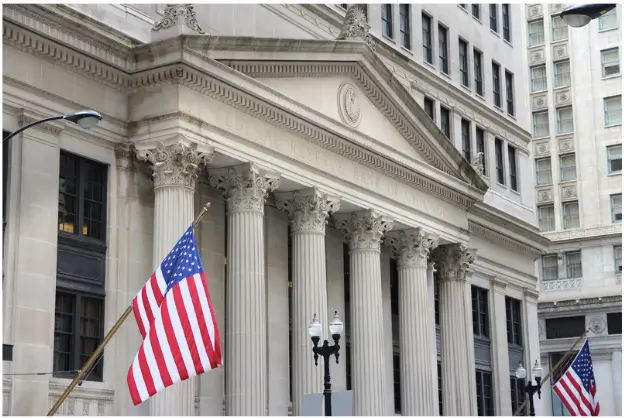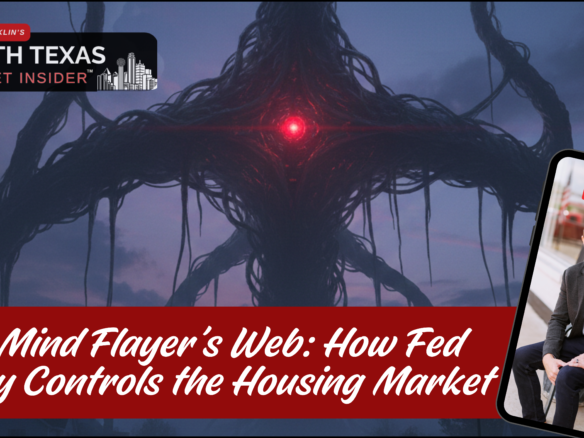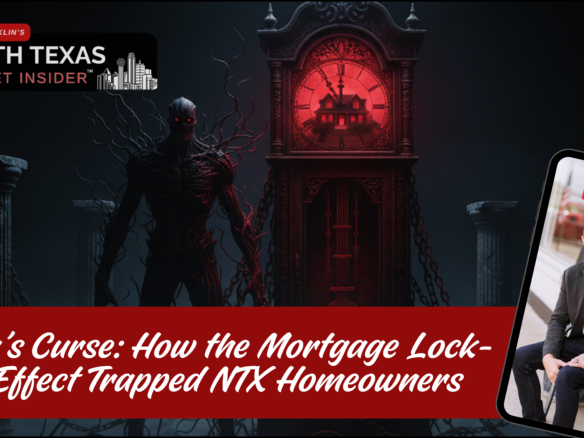The Question Everyone’s Asking (But Few Understand)
If you’ve been waiting to buy a home, you’ve probably wondered: “Why doesn’t the Federal Reserve just lower mortgage rates and fix this housing mess?”
It’s a fair question. After all, the Fed controls interest rates, right? They raised them to fight inflation, so why can’t they just… lower them for mortgages specifically?
The answer reveals something most real estate agents don’t understand about how our financial system actually works. And once you understand it, you’ll realize why waiting for rates to magically drop to 3% again might cost you more than buying today at 6.5%.
Let me explain.
The Fed’s Two-Lever Problem
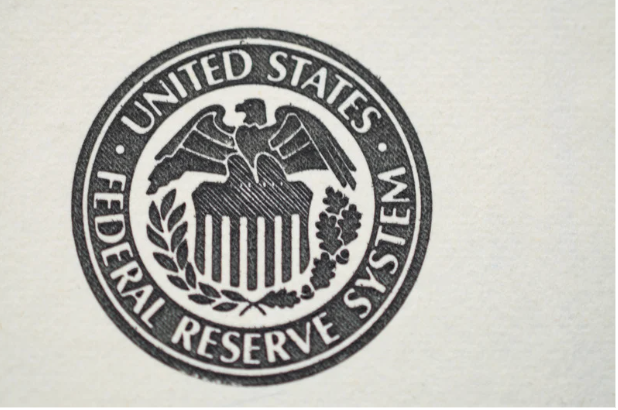
The Federal Reserve has two main tools for influencing the economy:
Lever 1: The Federal Funds Rate – This is the interest rate banks charge each other for overnight loans. When the Fed raises this rate, borrowing becomes more expensive across the economy. When they lower it, borrowing becomes cheaper. [1]
Lever 2: Bond Buying/Selling (Quantitative Easing/Tightening) – The Fed can buy government bonds and mortgage-backed securities, which pumps money into the economy. Or they can sell these assets, which pulls money out. [1]
During COVID, they pulled BOTH levers hard in the “stimulate” direction:
- Fed Funds Rate: Dropped to near 0%
- Bond Buying: Purchased $4.5 TRILLION in bonds [2]
This created the 2.5-3% mortgage rates we saw in 2020-2021.
Then inflation hit. Hard. And they had to reverse course on both levers simultaneously.
Current situation:
- Fed Funds Rate: 4.5% (after 11 rate hikes)
- Bond Holdings: Being reduced by $95 billion per month
This is why mortgage rates jumped to 7-8% at their peak.
So Why Not Just Buy Bonds to Lower Mortgage Rates?
Here’s where it gets interesting. Some economists and politicians have suggested: “Keep the Fed Funds Rate high to fight inflation, but start buying mortgage-backed securities again to specifically help the housing market.”[3]
Sounds logical, right?
The problem: It’s like driving with one foot on the gas and one on the brake.
Here’s why this doesn’t work:
The Credibility Problem
When the Fed keeps rates high, they’re telling the market: “We’re worried about inflation. The economy is running too hot. We need to slow things down.”
But if they simultaneously start buying bonds (which pumps money INTO the economy), they’re saying: “Actually, we think the economy needs more money and stimulus.”
These are contradictory messages.
Markets run on credibility. If investors think the Fed doesn’t know what it’s doing, or worse, that they’re caving to political pressure to help homebuyers at the expense of inflation fighting, they panic.
And when markets panic, you get:
- Stock market volatility
- Currency instability
- Increased inflation expectations
- HIGHER mortgage rates, not lower
The Fed learned this lesson the hard way in the 1970s when they tried to fight inflation half-heartedly while still trying to stimulate growth. The result? Stagflation, high inflation AND economic stagnation. Mortgage rates hit 18%. [4]
Nobody wants to repeat that disaster.
The Mechanical Reality
Even if the Fed DID buy mortgage-backed securities while keeping the Fed Funds Rate high, the math doesn’t work the way you’d hope.
Here’s what would happen:
The Fed buying MBS would push mortgage rates down somewhat, maybe from 7% to 6%. But with the Fed Funds Rate still at 4.5%, banks still have high borrowing costs. They pass those costs to consumers.
Plus, if inflation is still elevated (which is WHY the Fed Funds Rate is high), lenders add risk premiums to protect themselves. [5]
Net result: You might see mortgage rates drop from 6.8% to 6.2%, but not down to 4%.
That’s a lot of market chaos and credibility damage for a half-percent improvement.
The Inflation Acceleration Risk
Here’s the nuclear scenario that keeps Fed officials up at night:
If they start buying bonds (increasing money supply) while inflation is still above their 2% target, they risk:
- Reigniting inflation just as they’re getting it under control
- Creating another asset bubble in housing
- Forcing them to raise rates EVEN HIGHER later to compensate
Remember: The entire reason we’re dealing with high mortgage rates now is because the Fed kept rates too low for too long in 2020-2021. They don’t want to make that mistake twice. [6]
What the Fed Is ACTUALLY Doing
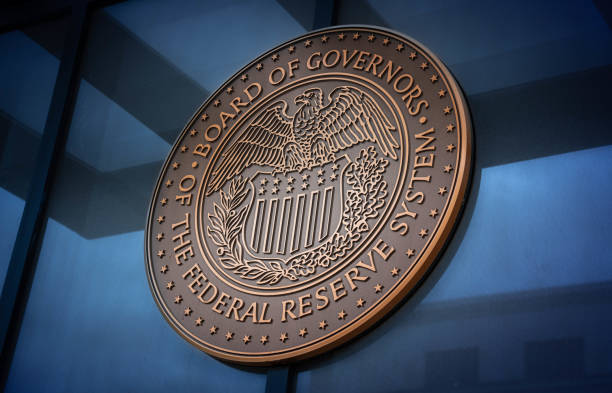
Instead of the contradictory “high rates + bond buying” approach, the Fed is pursuing a more coherent (but slower) strategy:
Phase 1: Win the Inflation Fight (2022-2024)
- Raised rates aggressively to 5.5%
- Reduced bond holdings steadily
- Accepted that housing would slow down
- Prioritized price stability over growth
Result: Inflation has dropped from 9% to around 3%
Phase 2: The Gradual Pivot (Late 2024-2025)
- Begin cutting the Fed Funds Rate slowly (0.25% at a time)
- Continue reducing bond holdings but at a slower pace
- Let the market find natural equilibrium
- Monitor inflation vigilantly for any resurgence
Expected Result: Mortgage rates gradually drift from 6.5-7% down to 5.5-6% over 12-18 months
Phase 3: The New Normal (2026+)
- Fed Funds Rate settles around 3-3.5%
- Bond portfolio at pre-COVID levels
- Mortgage rates stabilize around 5-5.5%
Important Reality Check: We’re probably never going back to 3% mortgages unless there’s another major crisis. [7]
The Political Pressure Problem
Here’s something most people don’t realize: The Federal Reserve is facing ENORMOUS political pressure to do exactly what you suggested, buy bonds to lower mortgage rates while keeping the Fed Funds Rate high.
Why? Because housing affordability is a hot political issue. Young voters are angry they can’t afford homes. Builders are angry that demand has slowed. Real estate agents are angry about lower transaction volume. [8]
But the Fed has to resist this pressure.
Their job isn’t to make housing affordable. Their job is to maintain:
- Maximum employment
- Stable prices (low inflation)
- Moderate long-term interest rates
Notice “affordable housing” isn’t on that list. If they sacrifice inflation control to help homebuyers, they risk creating an even worse problem: an economy where your paycheck buys less every month even if you do manage to buy a house.
Fed Chair Jerome Powell has been remarkably consistent on this point: “We can’t solve the housing shortage with monetary policy. That requires more supply, which means more building.”
He’s right. The real problem isn’t interest rates, it’s that we haven’t built enough homes for 15 years. [9]
What This Means for North Texas Buyers
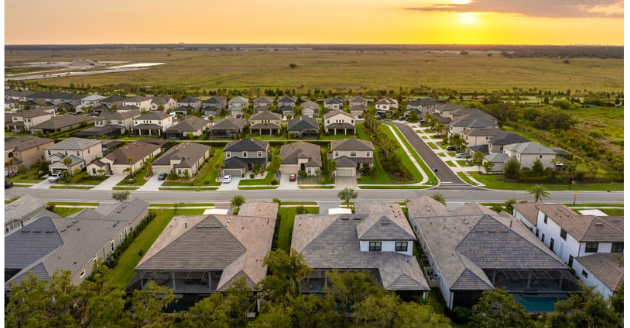
If you’ve been waiting for the Fed to wave a magic wand and bring back 3% mortgages, I have bad news: It’s not happening.
The Fed can’t use contradictory policies without destroying their credibility and potentially reigniting inflation. And they won’t sacrifice long-term economic stability for short-term housing market relief.
But I have good news too:
While everyone else is waiting for low rates that may never come, you can be positioning yourself strategically.
The Ellis County Opportunity
In our market specifically, here’s what I’m seeing:
Scenario A: You wait for 5% rates
- Timeline: Probably 18-24 months (mid-2026)
- Price appreciation during wait: 10-15% based on current trends
- That $350,000 house is now $385,000-$400,000
- Your “savings” from lower rates gets eaten by higher prices
Scenario B: You buy strategically now
- Lock in today’s prices before more appreciation
- Use seller concessions to buy down your rate
- Refinance in 18-24 months when rates improve
- Build equity while renters keep waiting
Let me show you the math on a real Ellis County example:
$350,000 Home Today at 6.5%:
- Payment: $2,212/month (principal + interest)
- You start building equity immediately
- In 2 years, you refinance at 5.5%, house worth $385,000
- You’ve gained $35,000 in equity
Same Home in 2026 at 5.5%:
- Price: $385,000 (after appreciation)
- Payment: $2,185/month
- You “saved” $27/month on payment
- But you missed $35,000 in equity gains
- Net cost of waiting: -$34,676
And that assumes only modest appreciation. If we see anything like the development boom I’m tracking, appreciation could be much higher.
The Bottom Line Strategy

The Fed isn’t going to save you with a magical rate drop. They can’t, not without risking the entire economy.
What they WILL do: Gradually reduce rates over the next 18-24 months as inflation stays controlled.
What you should do: Stop waiting for perfect conditions and start positioning strategically.
The best time to buy real estate is almost always: when you’re ready, when you find the right property, and when you can afford the payment.
Trying to time the market perfectly is how people end up renting forever while prices march upward.
Your Next Move
If you’re in the “waiting for rates to drop” camp, let’s have a conversation about what strategic buying looks like in the current environment:
- How to use seller concessions to effectively lower your rate
- Which Ellis County neighborhoods are positioned for maximum appreciation
- How to structure offers that get accepted in our market
- Creative financing strategies that make today’s rates workable
The agents who are killing it right now aren’t the ones telling clients to wait. They’re the ones showing clients how to WIN in today’s market.
Want to be on the winning side?
📊 Get market moves before they hit the news
🎯 Text 214-228-0003 | Link in bio
Bobby Franklin – REALTOR®
Legacy Realty Group – Leslie Majors Team


